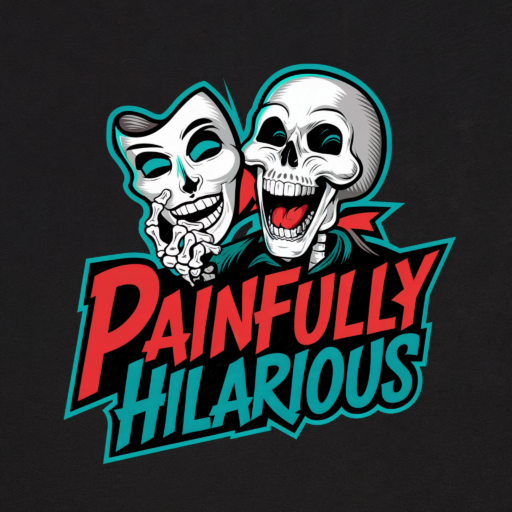Ah, the golden years. A time for relaxation, retirement, and—oh, right—chronic pain. Because nothing says “enjoy your twilight years” like a persistent ache that follows you around like a nagging ghost. But let’s get one thing straight: chronic pain in the elderly is very real, and no, Grandma, it’s not just in your head.

The Not-So-Golden Aches
Getting older isn’t for the faint of heart. As we age, our bodies start to resemble a rusty old car—everything creaks, groans, and occasionally just stops working altogether. Chronic pain is a common, if unwelcome, companion in this stage of life. Research shows that older adults often suffer from conditions like arthritis, neuropathy, and other delightful ailments that keep pain as a permanent houseguest.
The Arthritis Amusement Park
Take arthritis, for example. It’s like having a permanent ticket to the world’s worst amusement park, where every ride involves joint pain and inflammation. Studies indicate that arthritis is prevalent in the elderly, making even the simplest tasks feel like climbing Mount Everest. So no, Grandma isn’t just being dramatic when she winces at the thought of knitting—those needles aren’t the only things stabbing her.
Neuropathy: The Numb Nightmare
Then there’s neuropathy, which turns your nerves into overactive alarm systems that never shut up. Imagine having your foot fall asleep, but it never wakes up—and it’s on fire. This nerve damage is common in the elderly, especially those with diabetes, and it brings a special kind of torment that makes one yearn for the days when all they had to worry about was a bad hip.
The Medication Maze
Managing chronic pain in the elderly isn’t as simple as popping a pill. Older adults often face a veritable minefield of medications, where each new prescription can interact with existing ones in unpredictable ways. It’s like trying to solve a Rubik’s Cube while blindfolded—frustrating and likely to make things worse before they get better. The risk of side effects and dependency is a constant shadow, making effective pain management a tricky business.
Exercise: The Double-Edged Sword
Everyone says exercise is good for you, but for the elderly, it’s a bit of a double-edged sword. Sure, it can help manage pain and improve mobility, but when every movement feels like an Olympic event, it’s hard to stay motivated. It’s like being told to swim to shore while you’re already drowning. Studies suggest that gentle, supervised exercise can be beneficial, but let’s be honest—getting Grandma to the gym is a Herculean task.
Mental Health: The Overlooked Element
Chronic pain doesn’t just batter the body; it also takes a toll on the mind. Depression and anxiety often tag along with physical pain, creating a vicious cycle that’s harder to break than a bad habit. The elderly, already facing isolation and a dwindling social circle, can find their mental health in a downward spiral. It’s like being stuck in a bad sitcom rerun, but there’s no laugh track to lighten the mood.
Chronic pain in the elderly is a multifaceted beast, requiring a nuanced approach to management. It’s not about telling Grandma to toughen up or dismissing her pain as part of getting old. It’s about providing comprehensive care that addresses both the physical and psychological aspects of pain.So next time Grandma complains about her aches and pains, remember: it’s not just in her head. Chronic pain is a persistent, pernicious foe that requires more than a pat on the back and a “there, there.” It’s time to take her pain seriously—snarky commentary and all.
Sources-
- Management of chronic pain in older adults (BMJ)
- Chronic pain in older adults (The Gerontologist)
- Multimodal approaches to pain management in the elderly (Pain Medicine)
